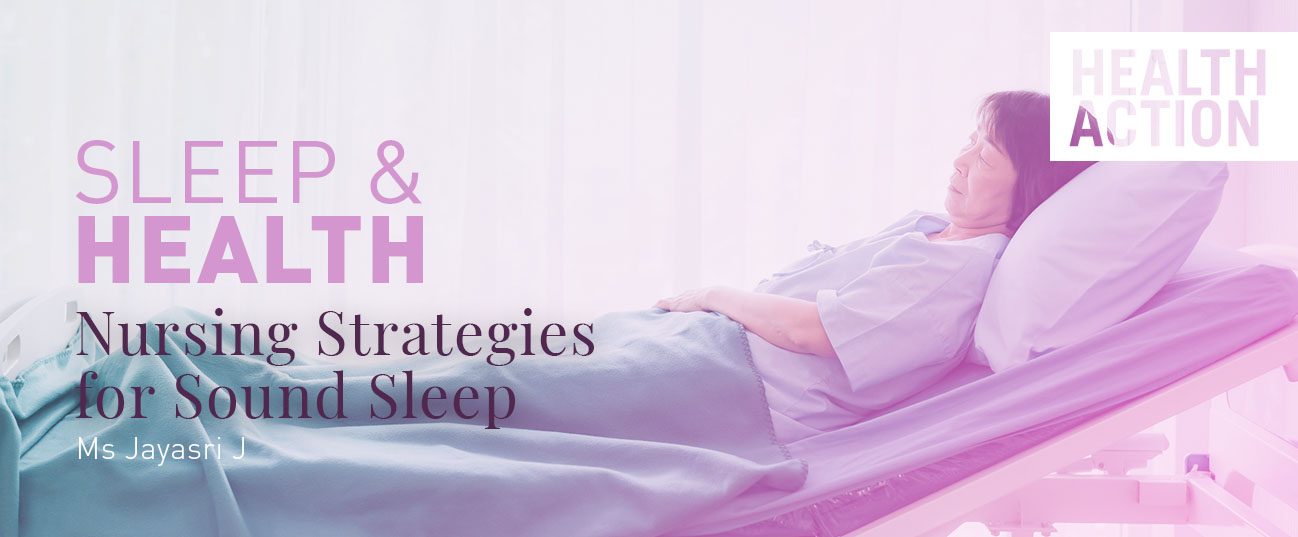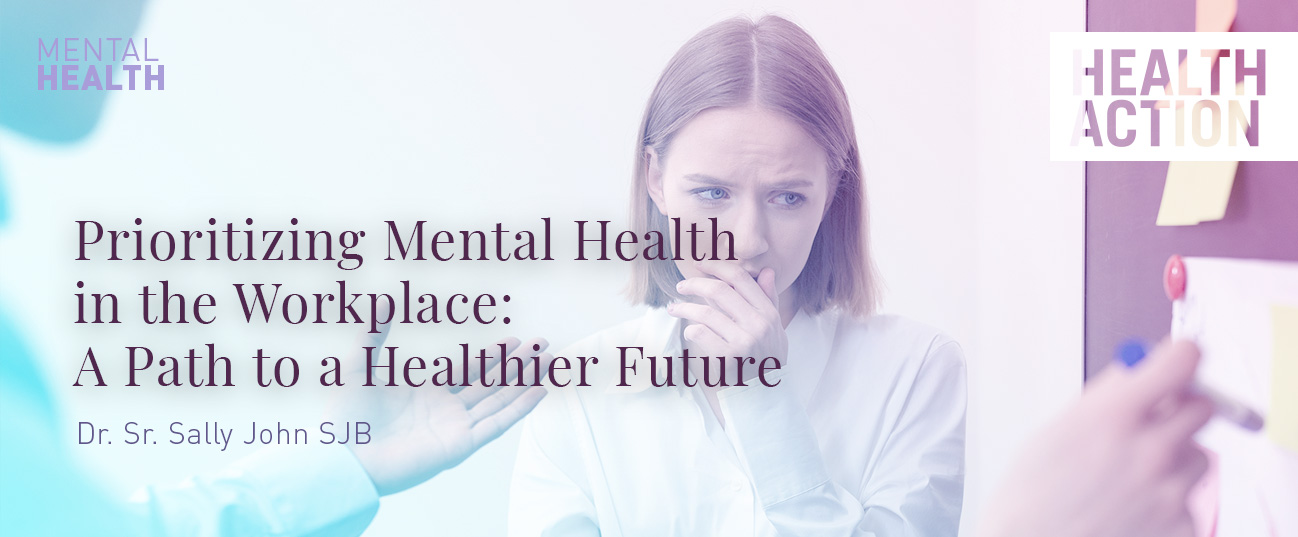
Much can be done to improve sleep, through nursing interventions. The following are some tips for those in the nursing profession:
ASSESSMENT OF SLEEP
Sleep History
Identify the patient’s sleep-wakefulness patterns, the effect of these patterns on everyday functioning, the patient’s use of sleep aids, and the presence of sleep disturbances and contributing factors. When a sleep disturbance is noted, the following history has to be taken:- Nature of the problem and its causes.
- Related signs and symptoms.
- When it began and how often it occurs.
- How it affects everyday life.
- The severity of the problem and whether it can be treated independently by nurses or needs to be referred to a professional.
- How the patient copes with the problem and the success of any treatments attempted.
Sleep Habits
- Usual activities in the hour before retrieving.
- Sleep latency.
- Number and perceived cause of awakenings.
- Regularity of sleep pattern.
- Consistency of rising time.
- Frequency and duration of naps.
- Events associated with the initial onset of sleep disturbances.
- Ease of falling asleep in places other than the usual bedroom.
- Situations in which the client fights sleepiness.
- Daily caffeine intake.
- Use of alcohol, sleeping pills, and other medications.
- Incidence of morning headaches.
- Frequency of snoring, apparent pauses in breathing, and kicking movements.
- Visible signs of fatigue and lack of sleep, such as circles under the eyes, lack of coordination, drowsiness and irritability.
Sleep Diary
A sleep diary or log provides more specific data on the patient’s sleep-wakefulness pattern over a long period. It summarizes information about their patterns, possibly indicating activities and behaviours that affect the quality and quantity of sleep. The sleep diary includes:- Time the patient retires.
- Time patient tries to fall asleep.
- Approximate time patient is asleep.
- Time of any awakening during the night and when sleep was resumed.
- Time of awakening in the morning.
- Presence of any stressors the patient believes are affecting his or her sleep.
- Any food, drink or medication the patient believes has positively influenced his or her sleep.
- Records of physical activities – type, duration and time.
- Records of mental activities – type, duration and time.
- Records of mental activities performed 2 to 3 hours before bedtime, bedtime rituals, and changes in the sleep environment.
- Presence of any worry or anxieties the patient believes are affecting his or her sleep.
- The patient needs to understand that the diary is simply a diagnostic tool.
Physical Assessment
The findings in the physical assessment may either confirm that the patient is getting sufficient rest to provide energy for the day’s activities. The findings include energy level, fatigue, lethargy or decreased energy facial characteristics (narrowing or glazing of eyes, swelling of eyelids) or behavioural characteristics (yawning, rubbing eyes, slow speech, slumped posture). Physical data suggestive of potential sleep problems (e.g.: obesity, enlarged neck, deviated nasal septum) may be noted.
NURSING INTERVENTIONS
To correct a sleep problem, the patient needs to believe that the nurse cares and will provide extra help to promote rest and sleep.Preparing a Restful Environment
- A comfortable bed promotes rest and sleep.
- For patients who must assume unusual positions necessary to minimize muscle strain and discomfort.
- A quiet and darkened room with privacy is relaxing for nearly everyone.
Promoting Bedtime Rituals
Most people have bedtime rituals to help them relax and promote sleep. Reading, listening to music, watching television, talking to a family member, and praying are the common activities that can be practised, before sleeping. Children may take a favourite doll, stuffed toy, or blanket to bed, or listen to a bedtime story. Readiness to sleep follows a personal hygiene routine for many people, such as brushing teeth, washing hands and face, voiding or taking a bath.Offering Appropriate Bedtime Snacks and Beverages
Because carbohydrate seems to promote sleep, there appears to be justification for offering a snack or beverages high in carbohydrates before bedtime. An alcoholic beverage helps to promote sleep for some people, however, generally, it should be avoided after dinner because it may interrupt to normal sleep cycle and disturb the sleep.Promoting Relaxation
One can relax without sleeping, but sleep rarely occurs until one is relaxed. Stress and anxiety interfere with a person’s ability to relax, rest and sleep. A back rub, a warm bath and washing the face if the patient is bedridden are typical nursing measures to help patients relax.Scheduling Nursing Care to Avoid Unnecessary Disturbances
Many patients complain of being awakened to take sleeping pills and being roused in the early morning to prepare breakfast long before it is served. Whenever possible, it is important to provide care during times when the patient is naturally awake. E.g.: Consider whether checking a vital sign or carrying out a particular nursing measure is more important than the patient’s sleep.Using Medications to Produce Sleep
Medications for sleep are often ordered for patients. Sedative hypnotics induce sleep, and anti-anxiety drugs reduce anxiety and tension. The sleep produced by sedative hypnotics is unnatural. The combination of a sedative-hypnotic. E.g. Hiphenhydramine may intensify central nervous system depression.Teaching About Rest and Sleep
Teach the patient and family members about the nature of rest and sleep, as well as their importance in promoting well-being.Good Sleep Hygiene Tips
- Maintain a consistent daily sleep schedule.
- Reduce caffeine intake.
- Turn off the computer, TV and mobile phone.
- Don’t go to bed on a full stomach.
- Don’t go to bed on an empty stomach.
- Do regular exercise during day time.
- Limit beverages consumption before going to bed.
- Keep your bedroom dark and quiet.
- Invest in a comfortable mattress, pillow and bedding.
- Go to sleep, wake up using an internal clock alarm.
Conclusion
The discomfort produced by the illness and the need for hospitalization alert the nurses to be vigilant in detecting and treating sleep disturbances.The author is a Tutor, Department of Psychiatric Nursing, Kasturba Gandhi Nursing College (SBV University), Puducherry.




